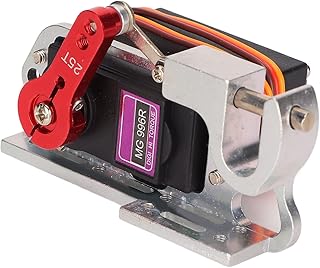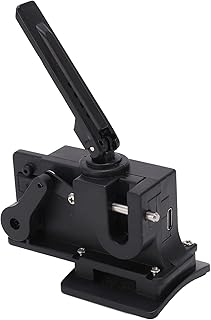VGEBY Drone: A Comprehensive Guide for Beginners
Introduction:
VGEBY drones offer a fantastic entry point into the exciting world of aerial photography and videography. With their affordable prices and user-friendly features, they cater perfectly to beginners. This guide will provide you with everything you need to know to get started with your VGEBY drone, from unboxing to mastering the basics.
Unboxing and Setup:
1. Contents: Carefully unpack your VGEBY drone. You should find the drone itself, a remote control, a battery, a charger, propellers, and possibly additional accessories like a carrying case.
2. Charge the Battery: Before your first flight, ensure the battery is fully charged. Refer to the user manual for charging time.
3. Connecting the Drone: Pair the drone with the remote control by following the instructions in the user manual. This typically involves turning on both devices and pressing specific buttons.
4. Calibrate the Compass: It's crucial to calibrate the drone's compass for accurate navigation. Consult the user manual for detailed instructions on how to do this.
Flying Basics:
1. Safety First: Always prioritize safety. Fly in open areas, away from obstacles and people. Never fly near airports or restricted airspace.
2. Control Stick Functions: Familiarize yourself with the control stick functions:
- Left Stick: Controls the drone's movement forward/backward and left/right.
- Right Stick: Controls the drone's pitch (up/down) and yaw (rotation).
- Throttle: Controls the drone's altitude.
3. Takeoff and Landing: Gently lift the throttle to initiate takeoff. Practice hovering in a stable position before venturing further. For landing, slowly reduce the throttle until the drone touches down gently.
4. Modes and Features: Many VGEBY drones offer features like Headless Mode (makes controlling the drone easier) and Altitude Hold (helps maintain a consistent altitude). Explore these features and practice using them in a safe environment.
5. Practice Makes Perfect: Don't be afraid to experiment and practice your flying skills. Start with short flights and gradually increase the duration and complexity.
Photography and Videography:
1. Camera Settings: Explore the drone's camera settings to adjust resolution, frame rate, and other parameters for optimal image and video quality.
2. Composition: Use the drone's camera to capture stunning aerial perspectives. Experiment with different angles and compositions to create visually appealing shots.
3. Flight Paths: Plan your flight paths strategically to capture dynamic footage. Consider using pre-programmed flight patterns or manually controlling the drone for creative results.
4. Editing: Enhance your photos and videos using editing software to adjust colors, contrast, and other aspects for professional results.
Maintenance and Storage:
1. Clean the Drone: After each flight, wipe down the drone with a soft cloth to remove dirt and debris.
2. Inspect Propellers: Regularly check the propellers for damage or wear and replace them if necessary.
3. Store Safely: Store the drone in a dry, cool place, away from direct sunlight and humidity.
Troubleshooting:
1. Battery Issues: If the drone has a short flight time or doesn't respond properly, check the battery charge and consider replacing it if needed.
2. Signal Loss: Ensure a clear line of sight between the drone and the remote control. Avoid flying near large structures or interfering signals.
3. Other Problems: Refer to the user manual for troubleshooting tips for specific issues. If the problem persists, consider contacting VGEBY customer support.
Conclusion:
Flying a VGEBY drone can be a rewarding and enjoyable experience. This comprehensive guide has equipped you with the knowledge and skills to get started with confidence. Remember to prioritize safety, practice regularly, and explore the creative possibilities of aerial photography and videography.


